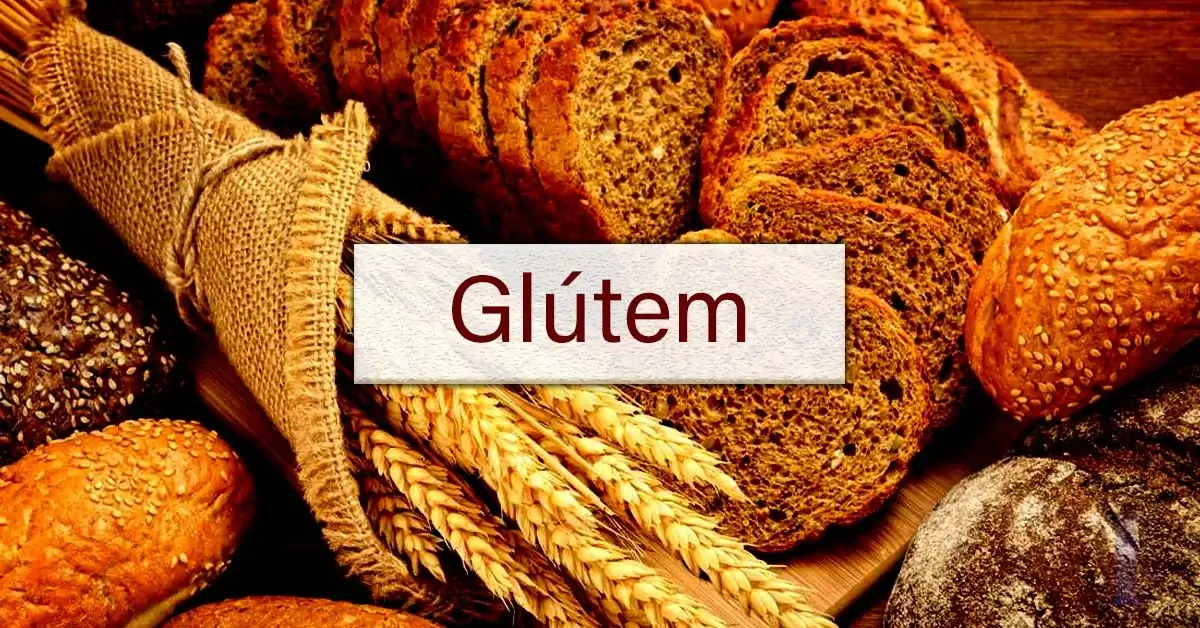Gluten, a protein present in wheat, barley, and rye, plays a crucial role in providing elasticity and texture to dough, making it a fundamental ingredient in various baked goods. However, for certain individuals, the consumption of gluten can trigger adverse reactions, leading to conditions such as gluten intolerance or celiac disease.
The increasing prevalence of gluten-free diets and products in recent years has prompted questions about the reasons behind this trend. This article delves into the fundamental aspects of gluten, examining its role and impact on our health to provide a better understanding of why some people choose to avoid it.
Table of Contents
What is Gluten?
Found in wheat, barley, and rye, gluten is a protein composed of gliadin and glutenin. These two proteins contribute to the elasticity and texture of dough, imparting the chewy and fluffy characteristics to baked goods like bread.
Beyond its role in baking, gluten serves as a binding agent in various processed foods, including sauces, dressings, and soups. Surprisingly, gluten can also be present in unexpected products such as beer, soy sauce, and certain medications.
What is Gluten Intolerance?
Gluten intolerance, medically referred to as celiac disease, manifests when the body reacts adversely to gluten ingestion. Individuals with celiac disease experience an immune system response that targets the small intestine, resulting in damage to its lining and hindering the absorption of essential nutrients.
The symptoms of gluten intolerance can differ among individuals, but commonly reported ones encompass bloating, diarrhea, constipation, abdominal pain, and fatigue. Without proper treatment, celiac disease can lead to severe health complications, including malnutrition, anemia, and an elevated risk of specific types of cancer. Recognizing and addressing gluten intolerance is crucial for preventing these potential health issues.
Gluten-Free Diets
The increasing prevalence of celiac disease and gluten intolerance has led to a growing number of individuals adopting gluten-free diets as a means to manage symptoms and enhance overall well-being. This dietary approach entails abstaining from all gluten-containing foods, including wheat, barley, and rye.
While essential for individuals with celiac disease, the gluten-free diet has gained popularity as a trend for those seeking weight loss or general health improvement. It is crucial to emphasize that there is currently no scientific evidence supporting the assertion that a gluten-free diet offers benefits to individuals without celiac disease or gluten intolerance. Careful consideration and consultation with healthcare professionals are advisable before embarking on such dietary trends.
Gluten-Free Products
The surge in demand for gluten-free products has prompted a corresponding increase in their availability. Numerous grocery stores now feature dedicated gluten-free sections, and the market offers a wide array of gluten-free brands and products.
Popular gluten-free items encompass bread, pasta, and various baked goods like bagels and donuts. It’s crucial to bear in mind that a gluten-free label doesn’t inherently equate to healthiness. Many gluten-free products undergo extensive processing and may contain added sugars and unhealthy fats. Careful scrutiny of nutritional content is advisable when choosing gluten-free alternatives to ensure a balanced and wholesome diet.
Gluten-Free Options Near Me
For those adhering to a gluten-free diet, discovering suitable options in your vicinity is a common concern. Numerous restaurants have embraced the trend, providing either dedicated gluten-free menus or individual gluten-free choices. Additionally, you can explore local gluten-free bakeries or specialty stores to find an assortment of options.
Alternatively, crafting your own gluten-free meals and baked goods at home is an empowering choice. A wealth of gluten-free recipes is accessible online, allowing you to develop tasty and nutritious gluten-free dishes in the comfort of your kitchen with a bit of practice. This DIY approach provides flexibility and control over your gluten-free culinary experience.
Gluten-Free vs. Wheat-Free
It’s crucial to distinguish between gluten-free and wheat-free, as the terms do not signify the same dietary restrictions. Although wheat is a prevalent gluten source, other grains like barley and rye also contain gluten. A wheat-free diet may still encompass gluten from alternative sources, whereas a gluten-free diet entails the exclusion of all gluten-containing elements.
How to Know if a Product is Gluten-Free
During your grocery shopping, it’s crucial to meticulously scrutinize labels to ascertain whether a product is gluten-free. Seek out items explicitly labeled as gluten-free or those certified by organizations like the Gluten-Free Certification Organization (GFCO).
Additionally, keep an eye out for ingredients frequently employed as gluten substitutes, such as almond flour, coconut flour, and tapioca starch. Nonetheless, it’s advisable to cross-reference the label to confirm the product’s authenticity as gluten-free. Taking these precautions ensures a reliable approach to selecting gluten-free options.
Gluten-Free Substitutes
If you adhere to a gluten-free diet and are seeking alternatives for gluten-containing ingredients in your preferred recipes, various substitutes are at your disposal. Options like almond flour, coconut flour, and gluten-free all-purpose flour blends offer versatile alternatives.
Additionally, consider incorporating gluten-free grains like quinoa, rice, and oats as substitutes for their wheat-based counterparts. Ensure the oats are certified gluten-free, as cross-contamination with gluten may occur during processing, warranting a careful check before inclusion in your gluten-free repertoire.
Gluten-Free Recipes
If you’re in search of delectable gluten-free recipes to experiment with in your kitchen, consider trying these enticing options:
1. Gluten-Free Bagels: Crafted from almond flour, these bagels offer a swift and delightful choice for a convenient breakfast.
2. Gluten-Free Pizza: Satisfy your pizza cravings with this crust, expertly concocted from a mixture of gluten-free flours.
3. Gluten-Free Donuts: Embrace a healthier twist on traditional donuts with these delightful treats made from coconut flour.
These recipes serve as a flavorful starting point for your gluten-free culinary adventures at home.
In Conclusion
Gluten, a protein present in wheat, barley, and rye, can elicit adverse reactions in individuals with celiac disease or gluten intolerance. While imperative for those with such conditions, there is no scientific backing to suggest that a gluten-free diet holds benefits for individuals without gluten intolerance.
For those adhering to a gluten-free diet, meticulous label reading and the selection of certified gluten-free products are crucial. Embrace creativity in the kitchen by experimenting with gluten-free substitutes and recipes. With some dedication, you can savor delectable and nutritious gluten-free meals and baked goods.










